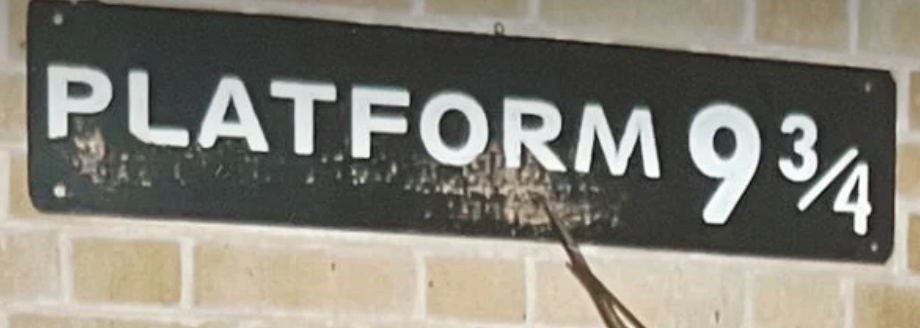In their article “Should US banks be moving to next-generation core banking platforms?”, McKinsey suggests that banks “urgently need a new core platform, but building one is time-consuming, expensive, and uncertain.”1 They recommend a strategic thought process that results in a two-track process. From our experience, we agree that the first track around hollowing out the core (whether via the orchestrator approach McKinsey refers to or other viable options) with clearly identified modular functionality is a place to start as it allows the creation of not just a technical architecture but also a significant business enabler.
In my previous blog, I argued that 2024 will be a year of uncertainty when it comes to rates. Recent events are certainly bearing out that expectations around the timing of rate cuts will drive the uncertainty. The ability to pivot rapidly will become a necessity and thus more and more banks will need to seek business agility. Clearly, experimenting with a new core will not fulfil that need. Banks will instead need to pursue that first track with the ability for rapid rate changes as the key driver.
It is against this backdrop that I would suggest that we view the pathway of the two tracks that McKinsey discusses. I believe that the first track will be the more important focus for 2024.
So, what is Track 1 3/4?
For Harry Potter fans, Platform 9¾ is a famous place where magic happens!

Source: https://www.kingscross.co.uk/harry-potters-platform-9-34
Many a Harry Potter fan have had their photos snapped at the platform in Kings Cross in London.
If we critically examine the Track 1 that McKinsey suggests, I see 4 main activities that happen in this track (of course, once all the approvals to proceed are in place!):
- Track 1
- ¼: Technical architecture evolution
- ½: Integration Patterns defined
- ¾: Hollowing out to externalize identified components
- 1: Orchestration defined
While the paper focused purely on the orchestration aspect as a separate track (including hollowing out the core), our experience has shown that there are 4 distinct activities (as elucidated above) in the process. In this, the third activity is precisely where business value is created and hence a significant focus for the bank. At Zafin, we have taken the stance that in addition to orchestration, integration patterns are critical. Hence, the technical architecture that we are evolving ourselves along with our clients is towards an IO layer that does both.
IO to the rescue
We have evolved our platform to incorporate the integration and orchestration patterns that are required to not just create business value but also begin tackling the technical debt that exists at most banks. Zafin IO (Integrate & Orchestrate), combined with Zafin Data Fabric, provides the platform and workflow tools for your banking ecosystem.
The platform, enabled by Zafin IO, starts to pull all the elements together as follows:
In essence, irrespective of which new core you would want to experiment with, the pathway will involve Track 1 ¾ as well as Zafin IO.
Let us jointly explore what product externalization with Zafin IO can do for you!
Stay ahead of the curve. Join us next month for another insightful article.
Founded in 2002, Zafin offers a SaaS product and pricing platform that simplifies core modernization for top banks worldwide. Our platform enables business users to work collaboratively to design and manage pricing, products, and packages, while technologists streamline core banking systems.
With Zafin, banks accelerate time to market for new products and offers while lowering the cost of change and achieving tangible business and risk outcomes. The Zafin platform increases business agility while enabling personalized pricing and dynamic responses to evolving customer and market needs.
Zafin is headquartered in Vancouver, Canada, with offices and customers around the globe including ING, CIBC, HSBC, Wells Fargo, PNC, and ANZ.